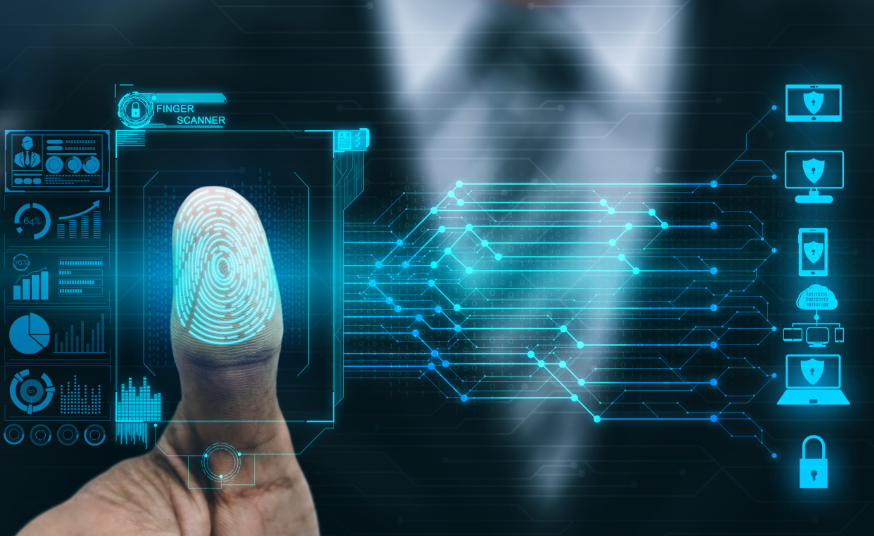Understanding the Role of Blockchain in Digital Identity Protection
Blockchain technology presents a transformative approach to digital identity protection through its decentralized architecture. This innovation reduces vulnerabilities linked to centralized systems, which are often targets for data breaches. By employing cryptographic methods, blockchain enhances the security of personal data while granting individuals more control over their identities. The implications of this technology extend beyond mere security, prompting an examination of its potential to reshape identity management practices in the digital age.
The Fundamentals of Blockchain Technology
Although blockchain technology is often associated with cryptocurrencies, its foundational principles extend far beyond digital currencies.
At its core, blockchain operates as a decentralized ledger, ensuring transparency and immutability of data. Utilizing cryptographic security, it enables secure transactions and protects against unauthorized alterations.
This inherent resilience promotes trust and autonomy, appealing to those who seek freedom from centralized control in digital interactions.
See also: What Is Edge Computing and Why Is It Important?
How Blockchain Enhances Digital Identity Security
How can blockchain technology fundamentally transform the landscape of digital identity security?
By employing decentralized storage, blockchain mitigates risks associated with centralized databases, enhancing identity verification processes.
Each identity record is encrypted and immutable, ensuring only authorized users access sensitive information.
This approach not only increases security but also empowers individuals with greater control over their digital identities, fostering a more liberated online experience.
Future Implications of Blockchain in Identity Management
As organizations increasingly recognize the potential of blockchain technology and QR codes in identity management, the future landscape promises significant advancements in how personal data is handled and secured.
Decentralized verification systems are expected to enhance user privacy, allowing individuals to control their own identity information. This shift could redefine trust in digital interactions, fostering an environment where personal data is both secure and accessible without compromising autonomy.
Conclusion
As the digital landscape continues to evolve, the integration of blockchain technology in identity protection remains at a pivotal crossroads. With its promise of enhanced security and user empowerment, the potential for widespread adoption is tantalizing. Yet, the questions linger: Will individuals embrace this shift, and can blockchain truly safeguard our identities against emerging threats? The answers may shape the future of digital identity management, inviting deeper exploration into the balance between innovation and security.






